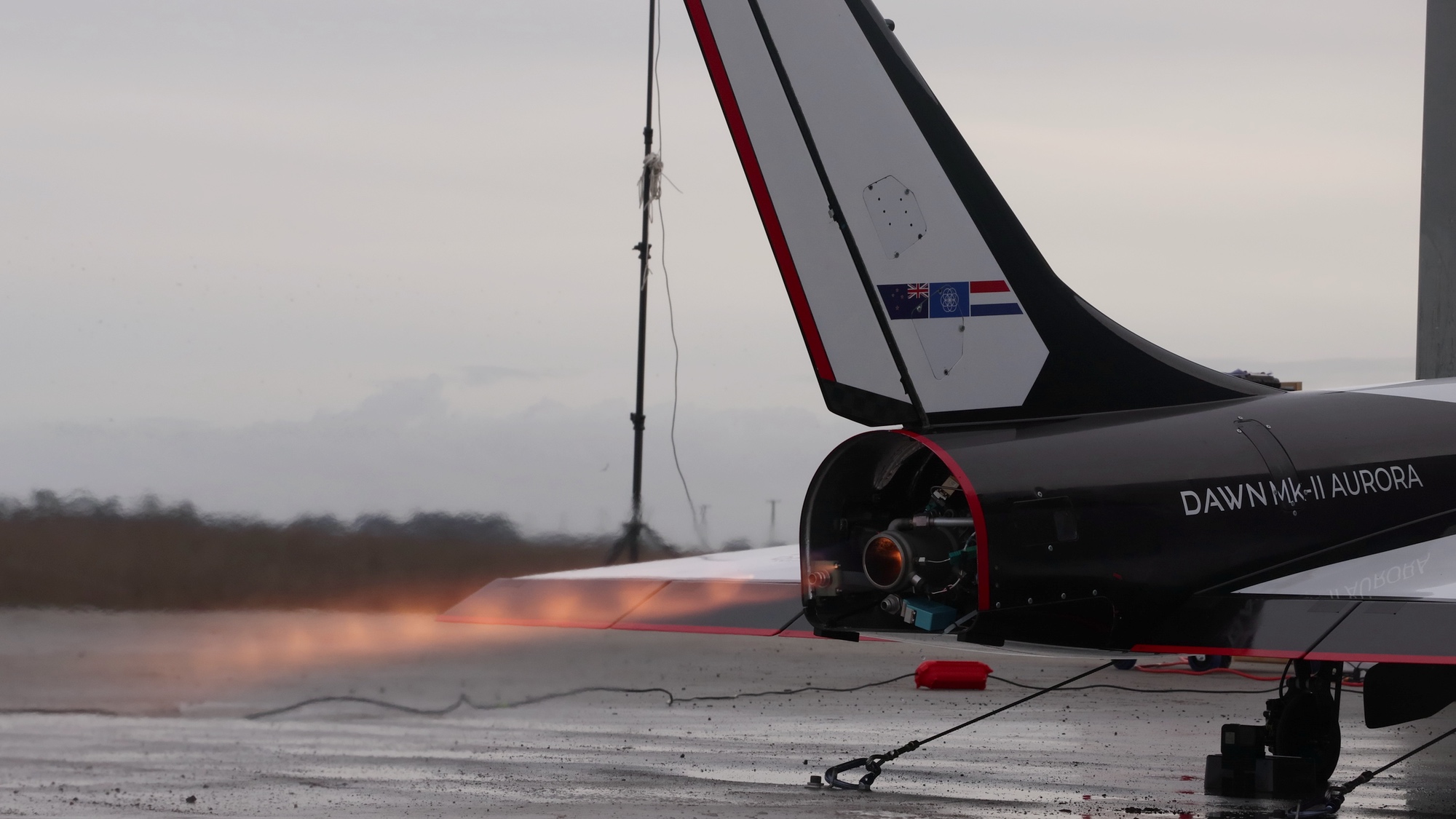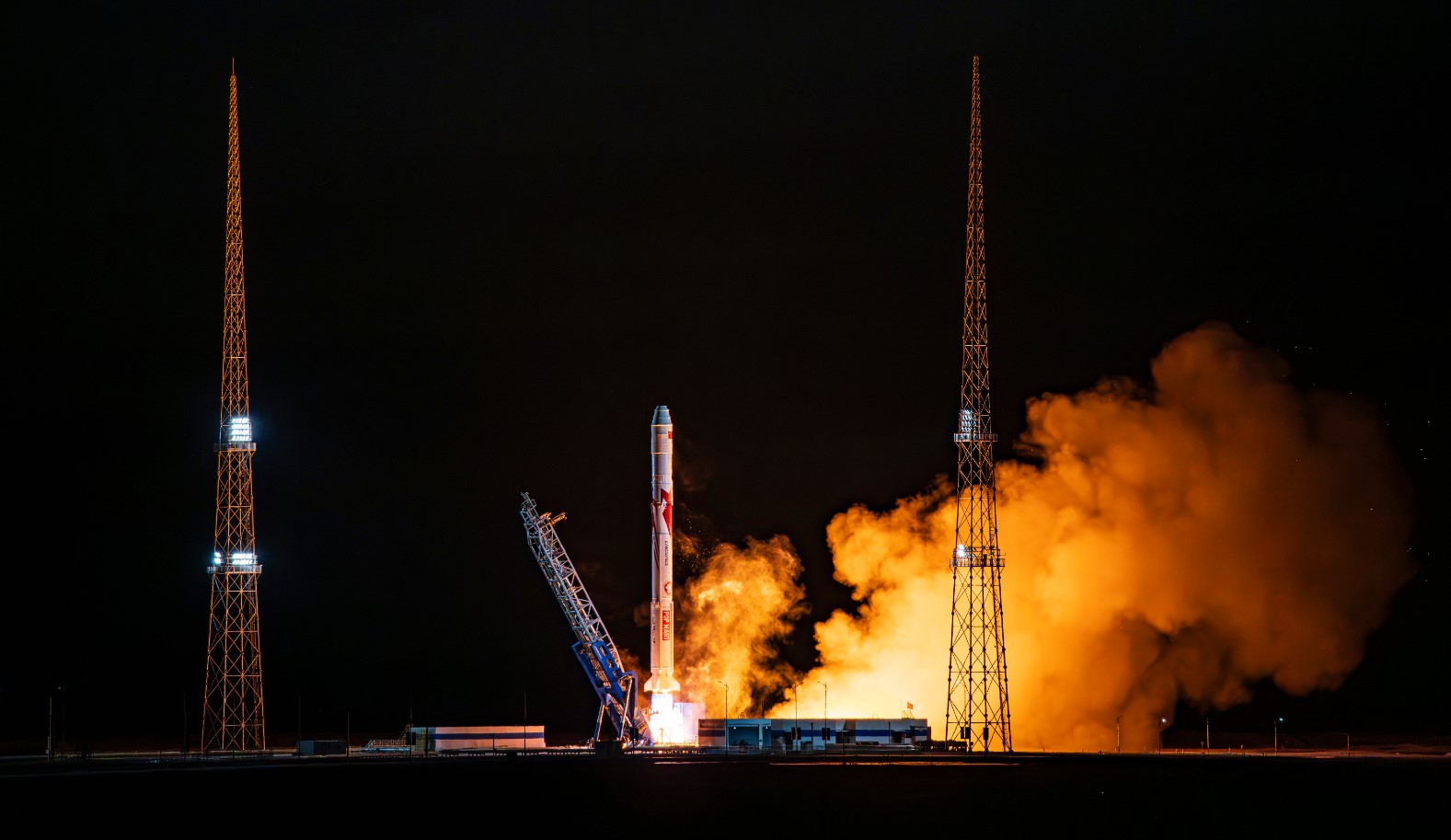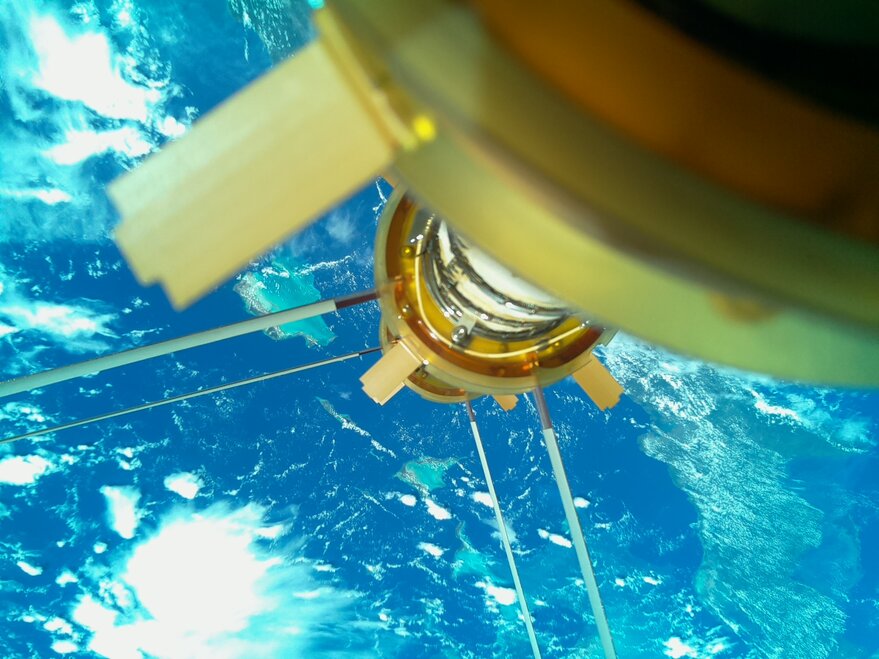TOKYO — Dawn Aerospace says it has received approvals from the New Zealand government for a new round of supersonic flight tests of a rocket-powered suborbital spaceplane.
The New Zealand company announced July 11 that the country’s Civil Aviation Authority (CAA) issued a certificate for its Mark-II Aurora vehicle, allowing it to go to unlimited speeds and altitudes as high as 24,400 meters (80,000 feet.)
Stefan Powell, chief executive of the company, said in an interview that the certificate is the first by the CAA for high-altitude beyond-line-of-sight operations of a remotely piloted vehicle. It is coupled with a high-altitude license from the New Zealand Space Agency for operations above 60,000 feet, the limit of controlled airspace.
“The point of both is to set that precedent for going beyond that, up to 100 kilometers,” he said. He added that, to the best of his knowledge, the Mark-II Aurora is on track to become the first privately developed UAV to fly supersonic while taking off and landing on a runway.
With the regulatory approvals in place, Dawn Aerospace is preparing to start a flight test campaign. A first set of four flights is scheduled to begin as soon as this month. Those flights will work their way from a top speed of Mach 0.4 and peak altitude of 20,000 feet to Mach 0.7 and 45,000 feet, Powell said.
A second set of four flights will follow, going from Mach 0.7 to Mach 1.1 and going up to 70,000 feet. A secondary goal of the flight tests is to perform two flights in one day to demonstrate rapid turnaround time. The company hopes to complete the flight test campaign by September.
Those flights will take place from Gentanner Aerodrome, the same airfield Dawn Aerospace used for earlier low-altitude test flights of the Mark-II Aurora in 2023. Powell said the company is also considering using the Tāwhaki National Aerospace Centre, a New Zealand facility with a runway that has been proposed as a potential launch site. Both sites can accommodate planned test flights, he said, with Tāwhaki having somewhat less air traffic to coordinate with given its location on the coast.
The ultimate goal of the Mark-II Aurora is to fly to 100 kilometers for microgravity research and other test applications. “A ton of people are lining up to use it,” Powell said, although there are no plans to fly any customers on the upcoming flight test campaign.
The vehicle is also the precursor to a larger Mark-III Aurora that would serve as the first stage for an air-launch platform, deploying an upper stage to place satellites into orbit.



